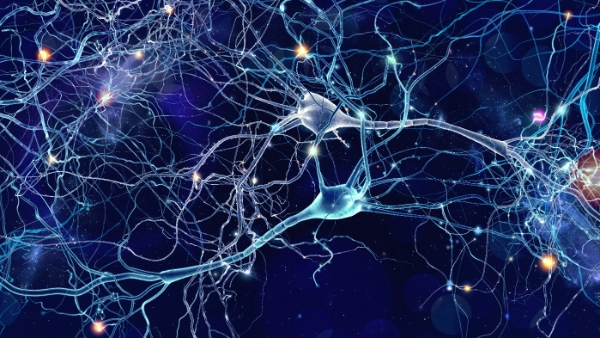Artificial synapses modeled on the brain
It makes it easier for us to park, gives us shopping suggestions or orders goods from Amazon: Artificial intelligence (AI) often proves to be a great help for us humans. It does this by analyzing vast amounts of data in just a few seconds - until now, this has always been based on software. But however intelligent the algorithms may be, conventional computer chips are increasingly reaching their limits. Their computing power is insufficient and they consume too much power. Applications such as autonomous driving with "connected cars" are practically impossible to implement. The solution: The hardware must also be intelligent. Artificial synapses, which mimic the neurons in the human brain and have a similar learning ability, are very promising.

New functionality for artificial synapses wanted
The decisive factor in these artificial synapses is the ability to learn. Only this ability enables them to make a pre-selection for the data they really need for processing, similar to the biological model. Researchers from Heraeus and the Jülich Aachen Research Alliance (JARA) have succeeded in doing just that. They have discovered how artificial synapses can be switched on and off at will, allowing them to control the amount of data. By integrating a type of resistor, it is possible to switch between low and high voltage values. In this way, it is possible to control which data should be processed first by the intelligent system. And it does so much more energy-efficiently than before. This is made possible by a special feature.
The trick: Memristors with foreign atoms in the oxide layer
In order to be able to influence the switching times of the artificial synapses and thus also the data processing, Heraeus was the first to introduce foreign atoms specifically into the ultrapure, ultra-thin, amorphous quartz glass layer (silicon dioxide) of which the memristors consist. The experts discovered that the number of foreign atoms can be used to construct different types of artificial synapses that can be activated in different ways. With this knowledge, manufacturers could develop memristive elements with exactly the functions they need.
The specifically doped glasses are developed and produced by quartz glass specialist Heraeus Conamic, which also holds the patent. A test also set a new switching time record of 1.4 nanoseconds - previously it was 10 nanoseconds. These are ideal conditions for advancing the development of neuro-inspired computers.
